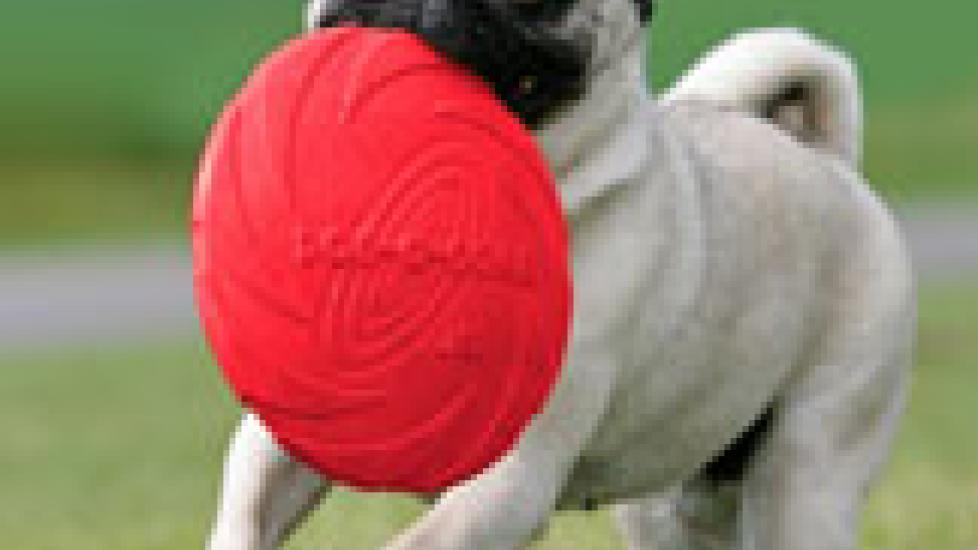How Many Calories Do Pets Burn During Exercise?
It is amazing how much we know about calorie expenditure in humans during exercise. Charts are available that list countless types of exercise and the number of calories that are burned at various levels of intensity. Exercise machines equipped with monitors can also calculate calorie expenditure. So how many calories do animals burn during exercise?
What We Know and Don’t Know About Pet Calories
Surprisingly, we know very little about exercise and calorie expenditure in pets. A common belief among veterinarians and pet health practitioners is the 70/30 Percent Rule. It is thought that pets enrolled in weight loss programs that include exercise lose 70% of their calories due to calorie restriction and 30% due to calorie loss during exercise. Although this sounds good, there is no evidence to support it.
Although there is extensive veterinary exercise physiology research in horses, there is precious little of the same research in cats and dogs. So what do we know about exercise in cats and dogs? Let’s start with cats. The answer is zip, zero, cero, and zilch. We have no idea how many calories a cat burns when jumping at a feather toy for x number of minutes or chasing a laser light until the cat starts panting.
We know a little more in dogs. One study suggests that a dog walking at a pace of 3.7 -4 miles an hour (~15 minute miles) will burn .8 calories per pound per mile This means a 20 pound dog will only burn about 64 calories during a one hour walk. This calorie loss is easily cancelled by the treats the dog receives when it gets home to reward its athletic efforts. Furthermore, it is unlikely that most owners can maintain a 15-minute mile pace so the average one hour walk for a dog would burn fewer calories. How many? Again we don’t know as there are no studies at slower paces.
A more recent study estimated that a 22 pound dog trotting on treadmill submerged in approximately 10 inches of water would burn about 64 calories in 30 minutes if maintaining a pace of 6.8 miles per hour. This pace is only 2 miles an hour less than the pace of a competitive marathoner! Could your overweight pet maintain this pace for 30 minutes? And it would still mean a paltry 64 calorie burn.
I just finished serving on the American Animal Hospital Association task force to establish guidelines for Dog and Cat Weight Management. One of the main concerns of our document’s reviewers was that we did not elaborate on exercise expenditure. Although all eight of us on the panel agreed that exercise is important in weight management, we could not produce any other credible studies to address their desired content. We could only infer from human studies, which unfortunately is not proof. We recommended more research in this area.
What Is The Answer?
This discussion is not to discourage exercise. It is merely meant to point out my often repeated phrase that “we tend to underestimate calories and overestimate exercise.” The expenditure of 64 calories for a 20 pound dog is not insignificant, but it is not monumental and easily cancelled by feeding practices.
Exercise is healthy. It also creates a stronger bond between owners and their dogs. The key is not to overestimate the value of exercise, especially for your pet. It is not going to contribute to 30% of weight loss but it is not wasted effort. As long as you are exercising at a pace that makes you sweat and the dog pant it is promoting a healthier lifestyle for both.
How do you exercise with your pets? Let us know in the comments.

Dr. Ken Tudor
Image: Thinkstock
